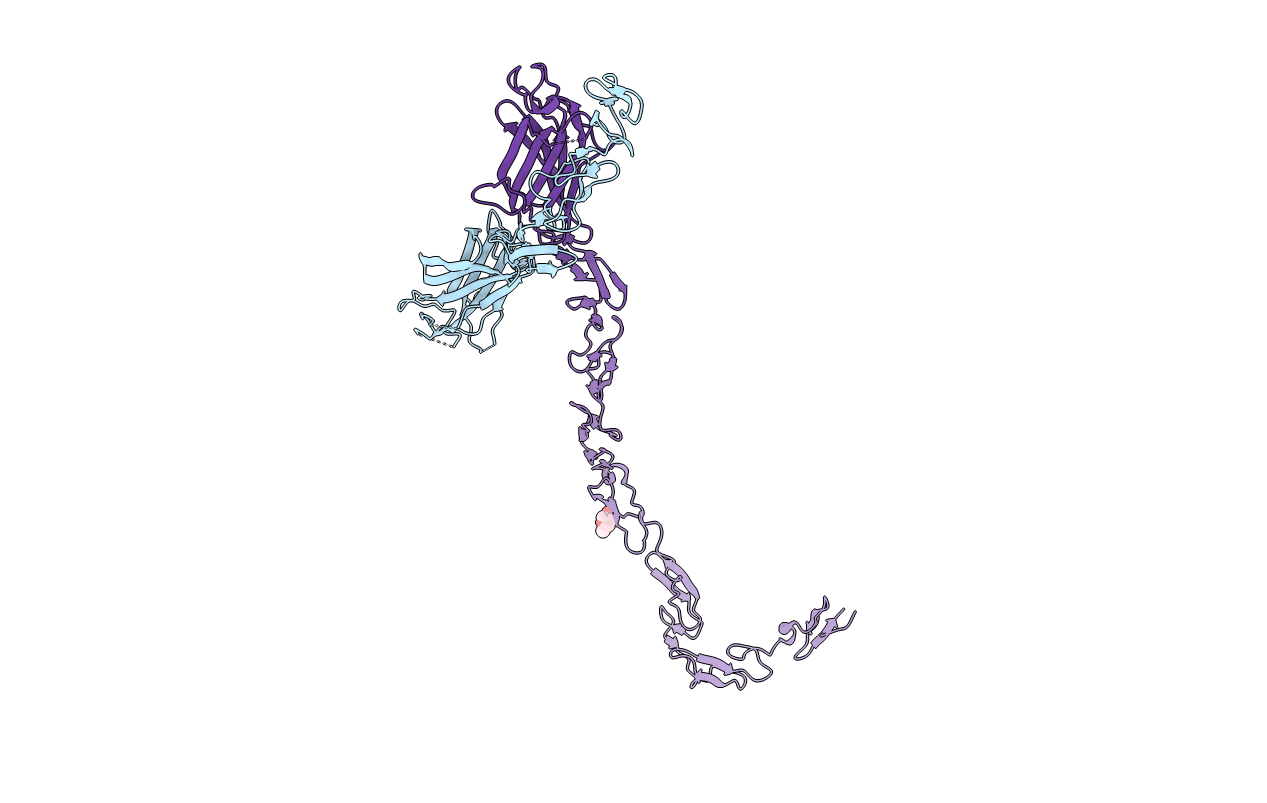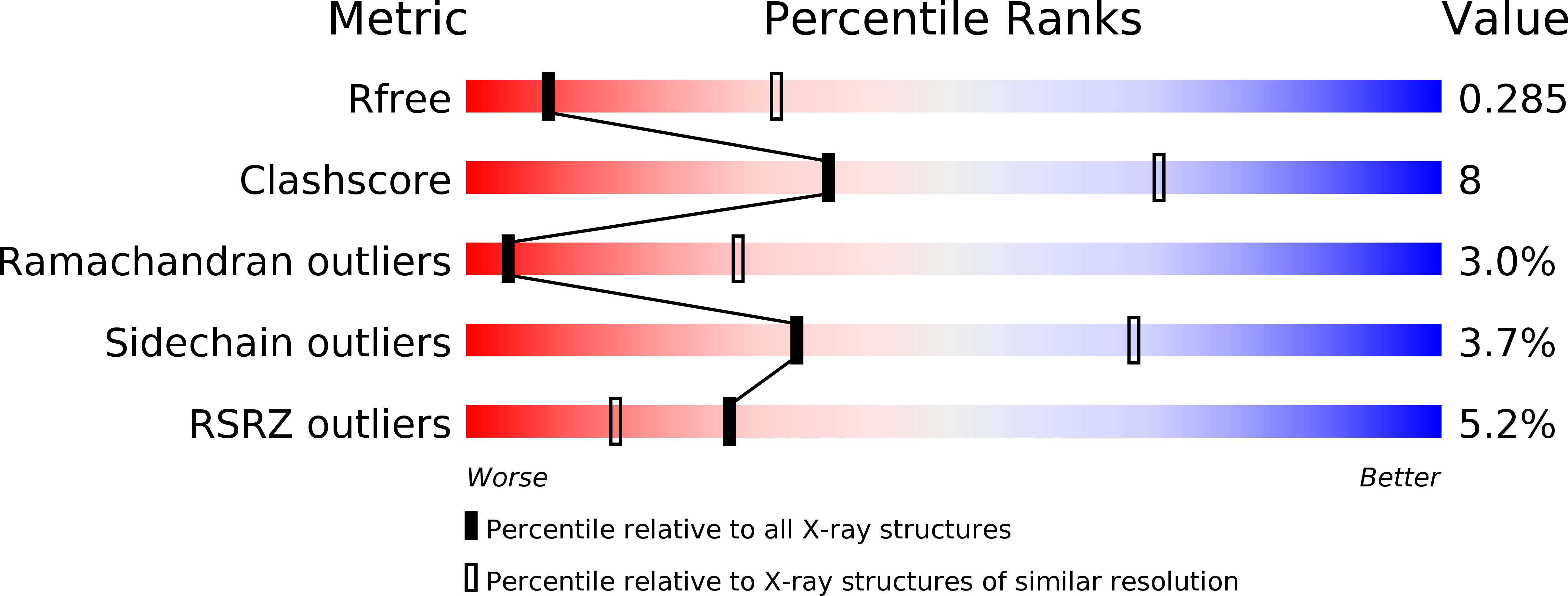
Deposition Date
2014-12-17
Release Date
2015-03-11
Last Version Date
2024-10-23
Entry Detail
PDB ID:
4XBM
Keywords:
Title:
X-ray crystal structure of Notch ligand Delta-like 1
Biological Source:
Source Organism:
Homo sapiens (Taxon ID: 9606)
Host Organism:
Method Details:
Experimental Method:
Resolution:
3.20 Å
R-Value Free:
0.28
R-Value Work:
0.25
R-Value Observed:
0.26
Space Group:
P 21 21 21


